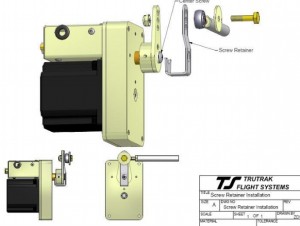Flight Design has made the Rotax ASB explicitly applicable to all the Flight Design aircraft types
the following link is to the Flight Design Bulletin.
(Reminder: Continued airworthiness regulations require the owner / operator to check for applicable Notifications frequently, considering airframe and all installed equipment manufacturer information!).
As per our production documentation, none of the engines installed ex factory is affected by the Rotax ASB. With this, our Safety Alerts require mandatory inspection of the aircraft only, when the engine has been exchanged after delivery of the aircraft from the factory, as only this way an affected engine could have been installed to the aircraft.
The original publication of the Rotax documents is available using the following links:
ASB affecting the Type Certified engine versions:
Alert Service Bulletin ASB-912-062 R1 / ASB-914-044 R1, March 05, 2013
Link: http://www.flyrotax.com/portaldata/5/dokus/d05638.pdf
ASB affecting the Ultralight and ASTM standard compliant engine versions:
Alert Service Bulletin SB-912-062UL R1 / SI-914-044UL R1, March 05, 2013
Link: http://www.flyrotax.com/portaldata/5/dokus/d05640.pdf
The attached SA´s are divided in different files according to the certification basis affected. Please select the documents applicable for your certification basis.
We spent best care in generating these documents to ensure that the information presented is adequate and correct. However, mistakes can never be excluded 100% and individual situations might require adjusted measures. Therefore, in case of any doubt, missing information or if a possible misunderstanding is expected, please do not hesitate to contact us. Our technical team will provide you with fast and direct support.
